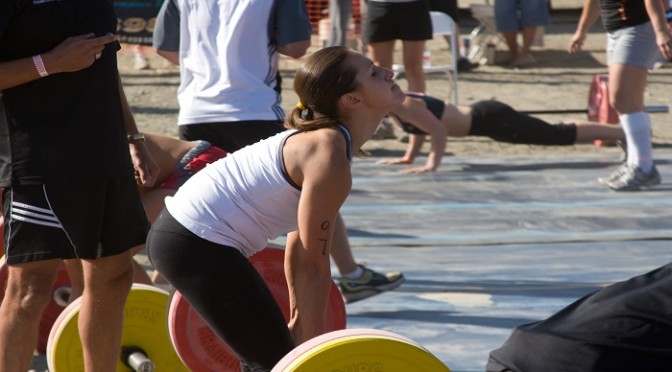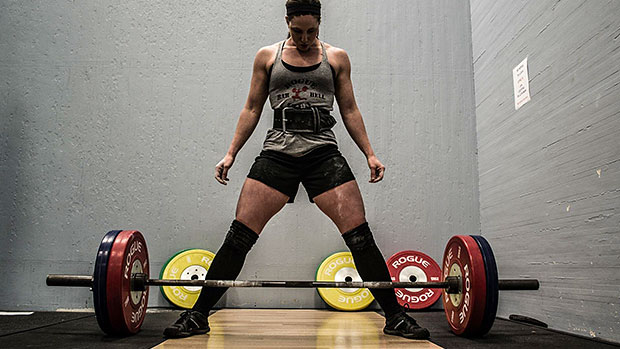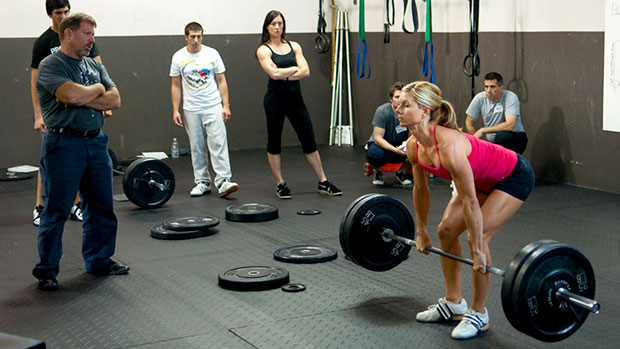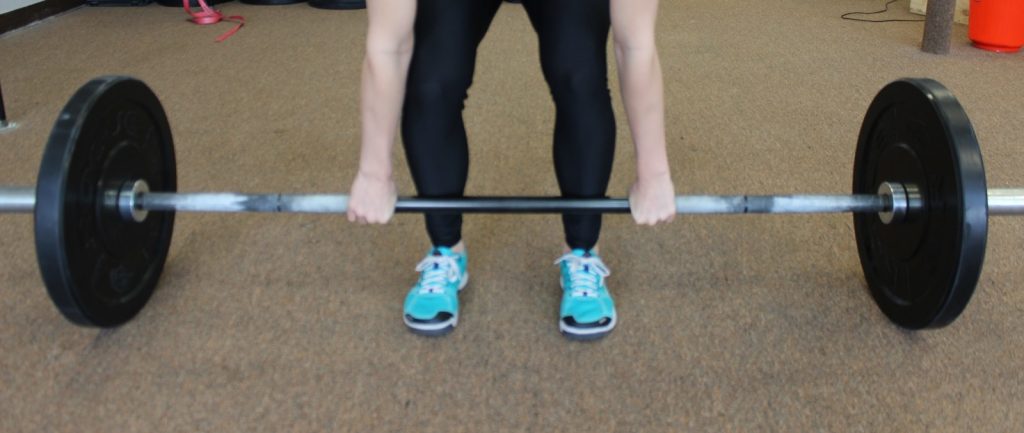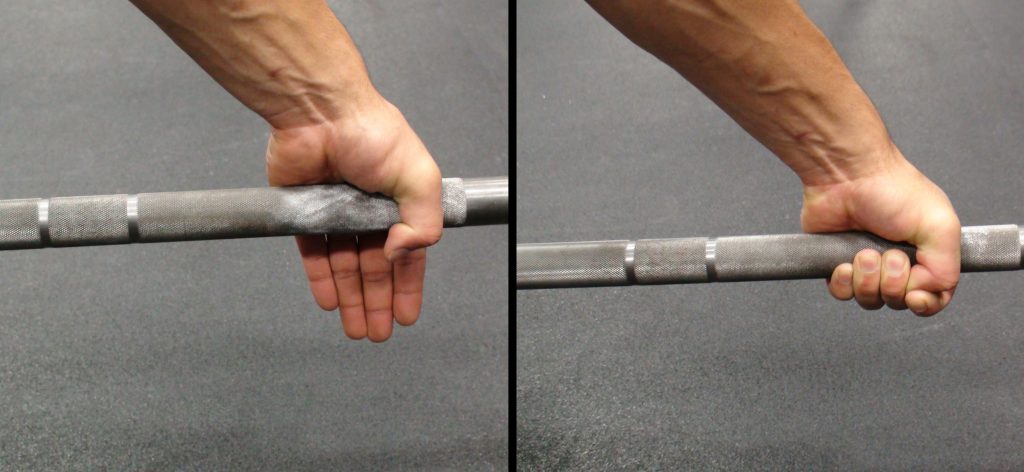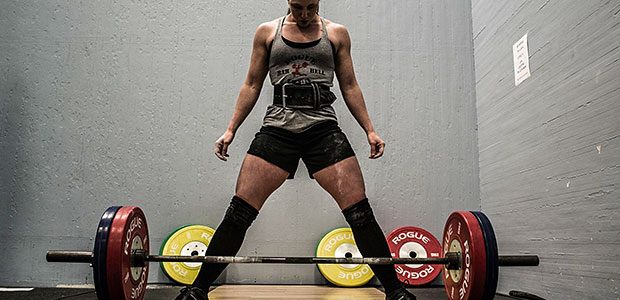
Often perceived as a men-only lift, the Deadlift is one of the most important, functional lifts you may not be doing incorrectly.
Think about it. How many times are you lying on the flat of your back pushing heavy things, except in the bench press? When do you load massive weight on your shoulders then squat down, except in the squat?
But, life is full of lifting heavy things. Unless you’re the office cooler jerk or you work for a moving company, there’s a good chance you may pass off lifting whenever possible.
I’ve got a bad back, you’ll insist. But you don’t have to pass. You can lift heavier.
Properly executing a deadlift, mixed with a workout plan that includes the appropriate ancillary work, will be your most direct route to strengthening that weak back. You don’t even have to lift massive amounts of weight.
Executing a good deadlift comes down to finding the right stance for your body, which includes managing your pelvic alignment with your spine, and finding the best grip for you.
Assuming you have the basics of the deadlift down, we’ll look at two schools of thought for each point of interest, discussing advantages of each approach.
Stance
Stance is a hotly debated topic in powerlifting circles. To turn out the feet or to point them forward?
A widely rotated stance, with the toes, pointed at 45-degree angles from the center line of your body, is called a sumo stance. The advantages of the sumo stance are serious gluteal activation.
For someone who is struggling to activate her glutes, where the hamstrings are working too hard, this may be a good place to start.
Staying in this externally rotated position, in the long run, could create a problem later. A good landing position, say in a two-footed jump, requires the feet land parallel. Any external rotation could risk the knees and spine.
Plus, we want to be able to glute-activate in a neutral position as easily as one that is turned out. For this reason, many lifters prefer to deadlift with the feet parallel.
They are both fine so long as you can maintain proper pelvic alignment in the bottom of the lift.
Pelvic Alignment
Pelvic alignment, in short, is how your pelvis is lined up with your spine. Defining proper alignment in detail escapes the scope of this blog, but a proper alignment during your lift is the same throughout.
Your pelvis should maintain a neutral alignment from standing upright to leaning forward. Your spine should not flex at any point during the lift, anywhere along your spine, especially near your pelvis. There are exceptions to this rule, but again, not going there right now.
Maintaining this alignment may take some assistance from a friend or a mirror.
Start with just a bare barbell or dowel. Your tightest stance should be hip-width apart. If you can keep your spine aligned all the way to your shins with that bar, then you’re golden.
Some people will need to widen that stance to shoulder-width or push their knees out at the bottom phase while keeping their feet firm on the ground, and parallel.
If your back still wants to curl up, there could be a couple of reasons, like thoracic mobility issues or tight hammies. Until you can sort these reasons out, you can turn that stance out.
If that doesn’t do the trick; if your spine still flexes, then it’s time to call in a professional. Don’t bother lifting anything heavy until you can fix that pelvic alignment.
Grip
Wide or tight, mixed grip or not? I’m not a fan of the mixed grip for most gym folk. Unless you’re competing for strength, most will not need to flip one hand upside down to keep the bar from rolling.
You can instead, create tension by attempting to bend that bar in half. You won’t, but if you put pressure on it like you are trying to bend it, the tension will be from your shoulder to your fingertips.
This is the case whether you close however you grab that bar.
The rationale for the hook grip is that your grip will loosen without it. It’s a closed grip, wrapping your thumbs around the bar and even pinning it with your two first digits. This works well for long-fingered folks to keep the bear from rolling. Once it rolls, you will struggle to hold it. You may drop the bar.
The rest of this exercise is just you versus the Earth. I like to think of it as more of a sitting back move, rather than a lift. You don’t want to actually sit back as you’ll find that bar on your lap with your legs pinned. That could be painful.
Initiate the move as if you were about to sit down. Once the bar comes off the ground, stand up. Keep those shoulder blades pinned to your back pockets and no head bobbing. In no time, you’ll be pulling your heaviest lifts ever.
